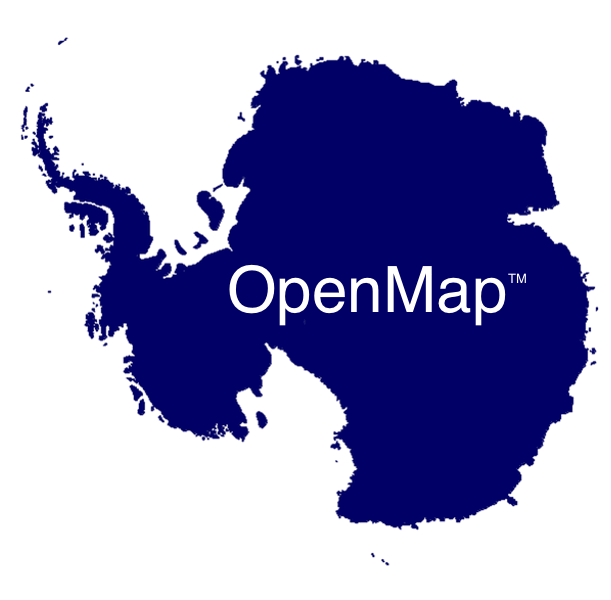 OpenMap is a Java Beans-based toolkit for building applications and
applets needing geographic information. Using OpenMap components, you
can access data from legacy applications, in-place, in a distributed
setting. At its core, OpenMap is a set of Swing components that
understand geographic coordinates. These components help you show map
data, and help you handle user input events to manipulate that data.
OpenMap is a Java Beans-based toolkit for building applications and
applets needing geographic information. Using OpenMap components, you
can access data from legacy applications, in-place, in a distributed
setting. At its core, OpenMap is a set of Swing components that
understand geographic coordinates. These components help you show map
data, and help you handle user input events to manipulate that data.
The latest version is OpenMap 5.1.15, released December 9, 2016. A complete list of updates is maintained in the CHANGELOG file in the package. BluestarLinux PKGBUILD distributions can be downloaded here.
(December 9, 2016) OpenMap 5.1.15 contains bug fixes and is a slight update to 5.1.14.
(Aug 5, 2016) OpenMap 5.1.14 has been compiled and tested with Java 6, as opposed to previous versions that required Java 5. OpenMap 6.0 will require Java 7.
(Feb 11, 2016) The next version of OpenMap with substantive changes will modify the API. Classes are moving to packages that are more appropriate for their functionality, packages are being combined and renamed to be more accurate of the classes they contain, and PlugIns are being converted to OMGraphicHandlerLayers (all of the plungin packages are gone). The com.bbn.openmap.plugin package is gone. The corba source branch is gone. There are new pom.xml files, this branch has been maven-ized. These changes are in the git repository at GitHub, under the v6.0b branch.
OpenMap can be run as a stand-alone Java application, as an applet in a browser, or as a Java WebStart application. Layers can be configured at runtime to read data from local files, remote files, URLs or resources in jar files. Certain Java application configurations (Applets, WebStart) limit data access options.
There are source directories for creating servlets that run in Glassfish/Tomcat. OpenMap components and layers can be used to create mapping servers (WMS, MTS), no change to layer code is necessary.
If you just want to get your data on a map, write a Layer that creates OMGraphics and add it to your application. There are heavily-commented, simple layer examples to help you understand how to do this.